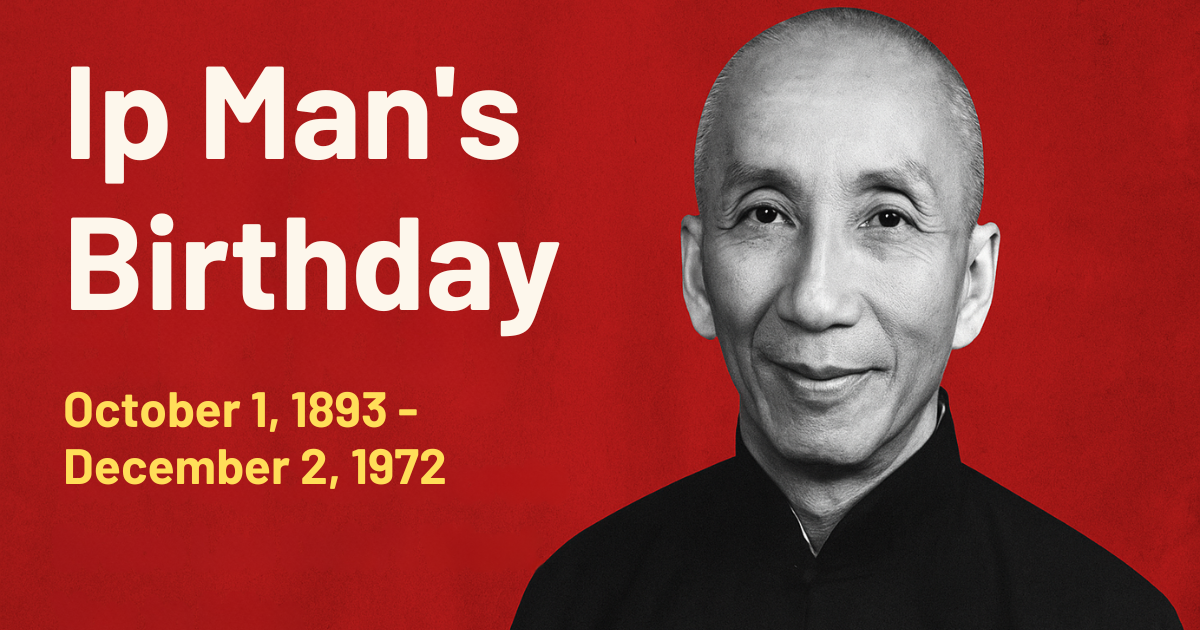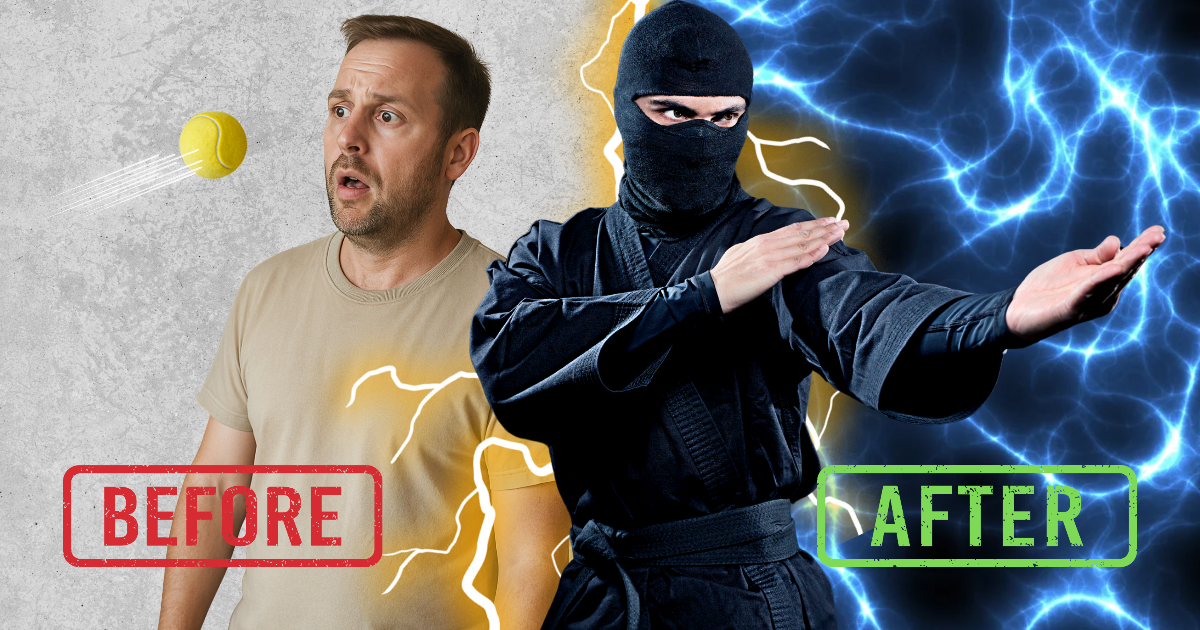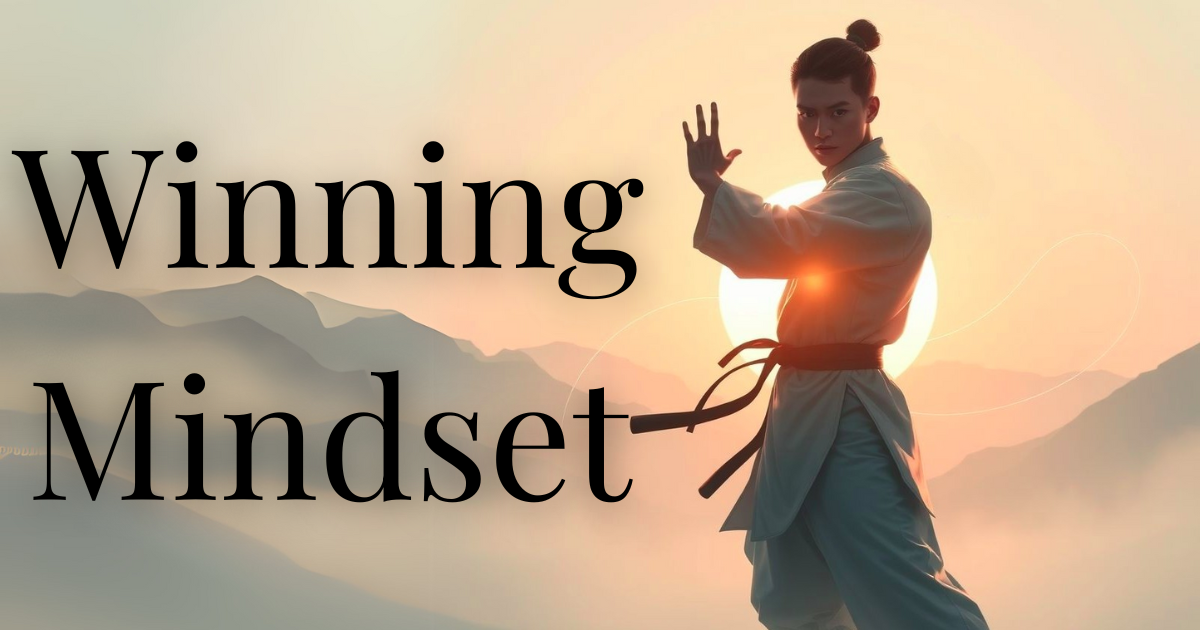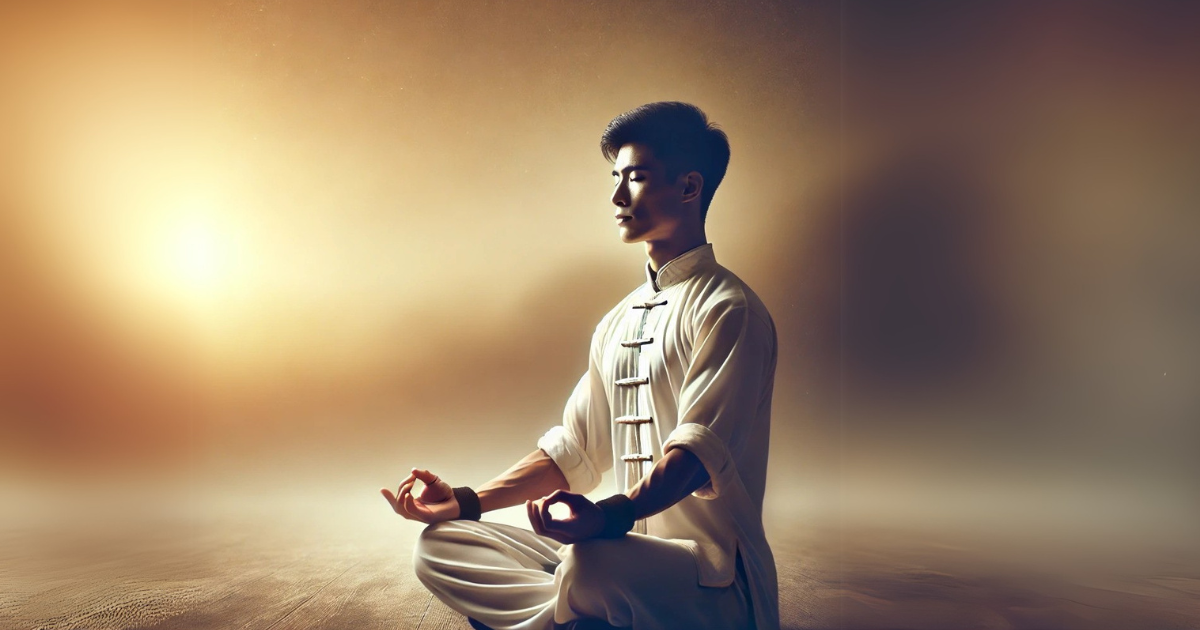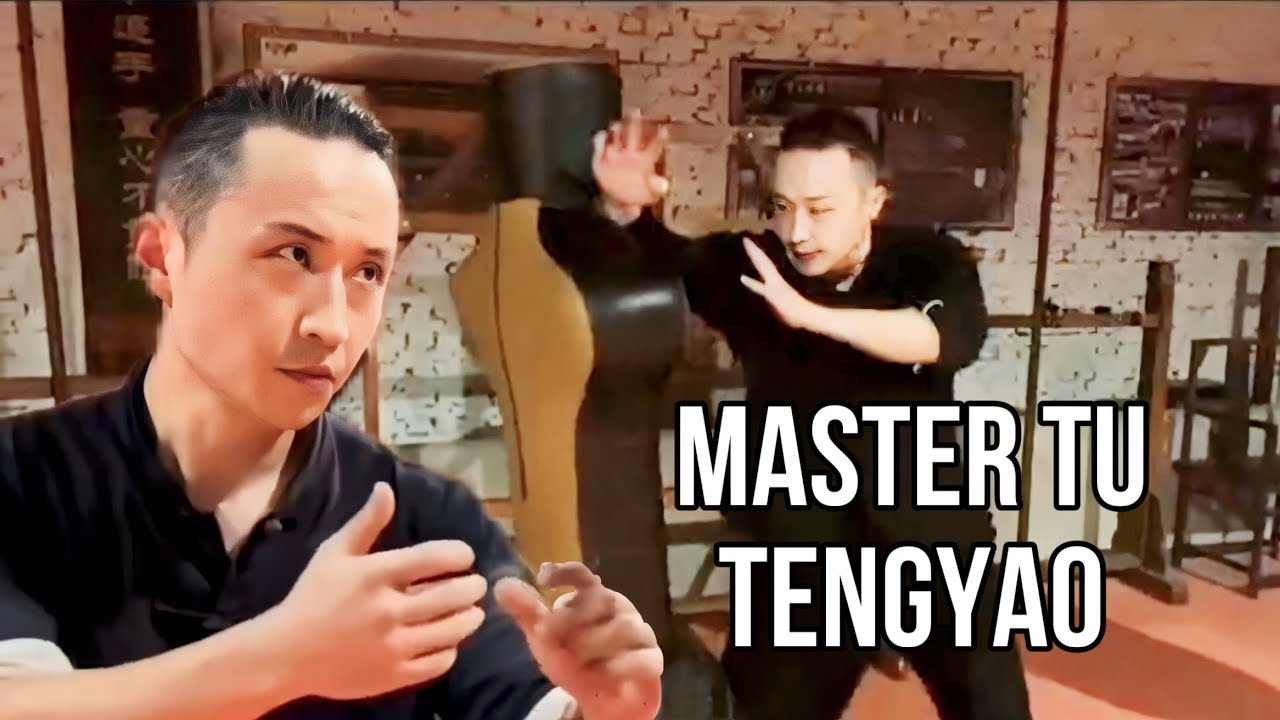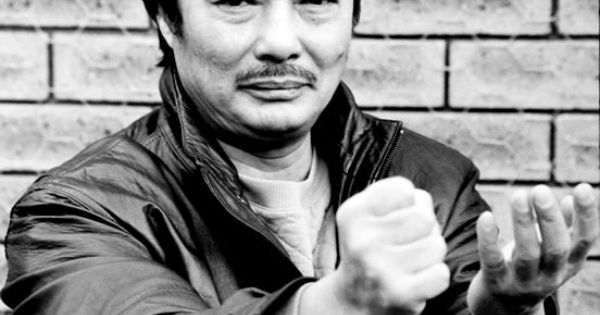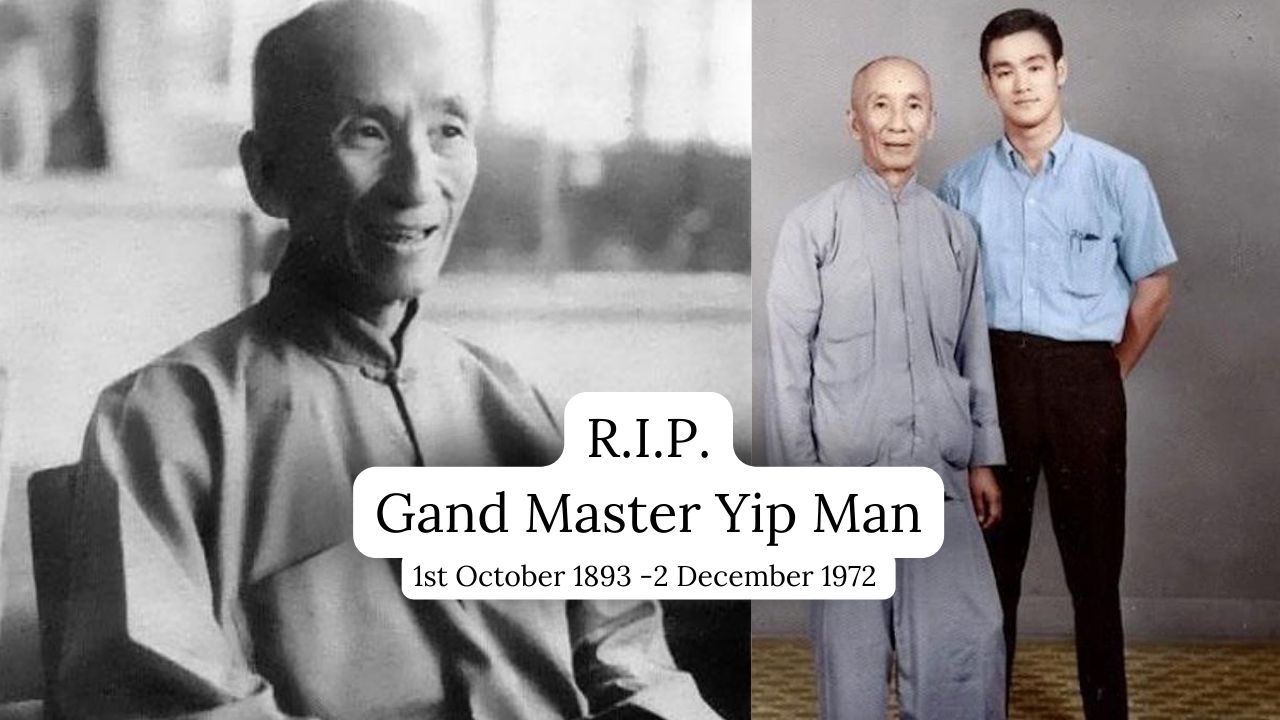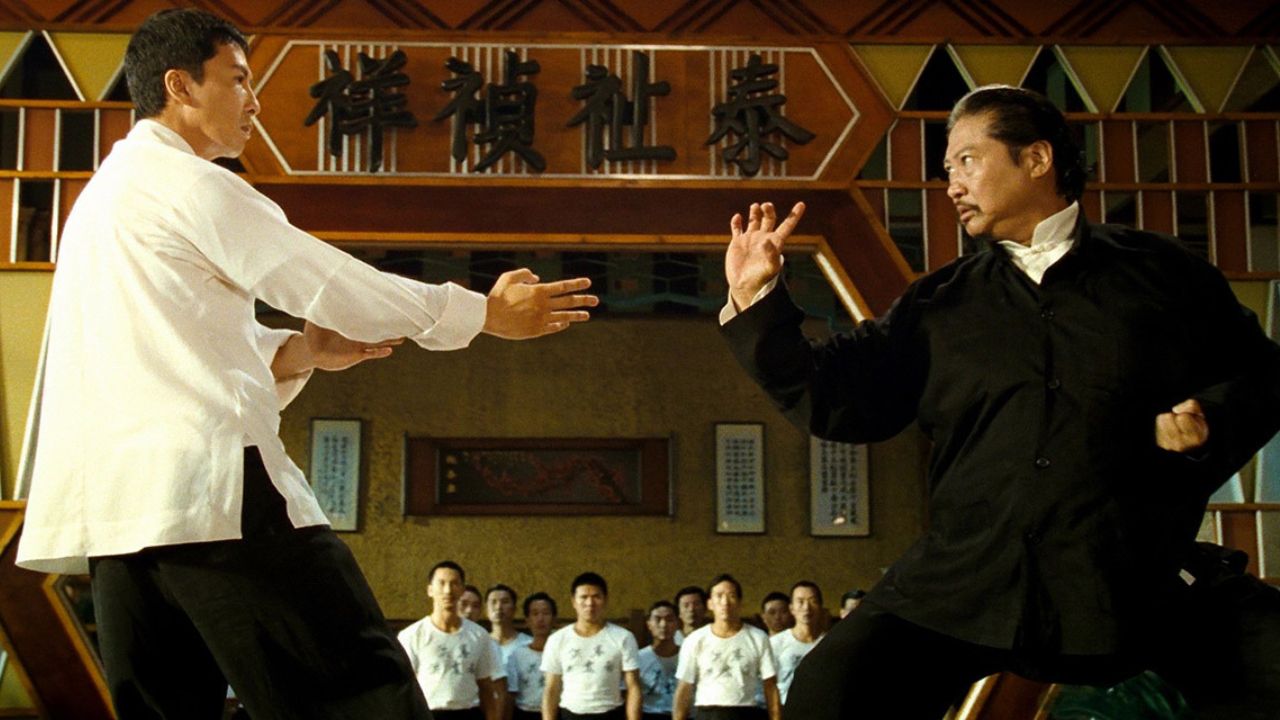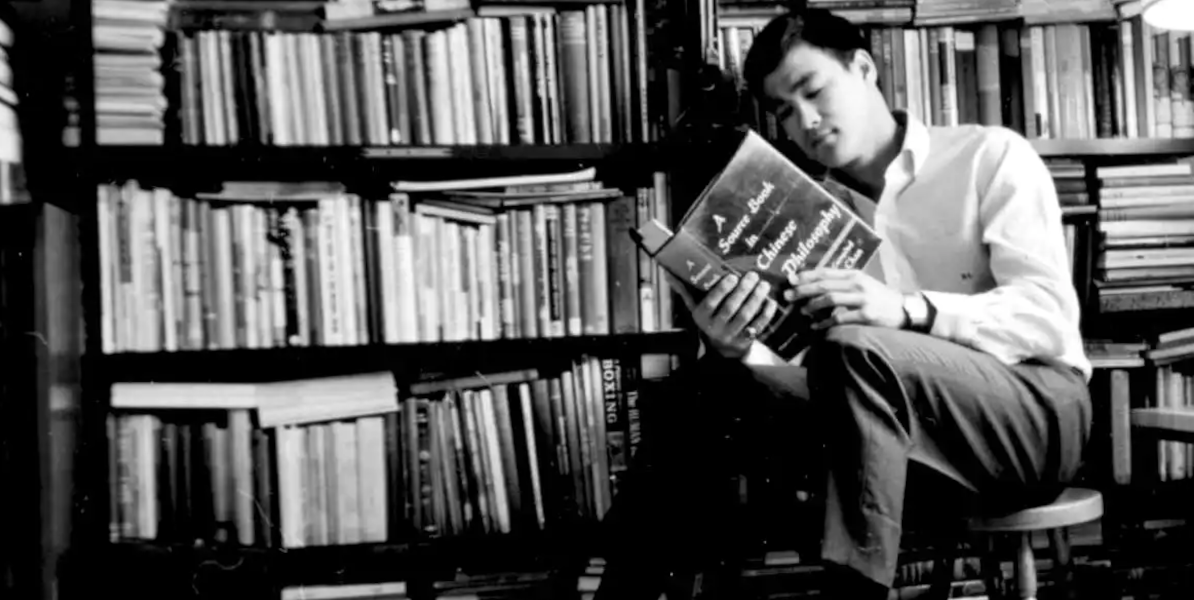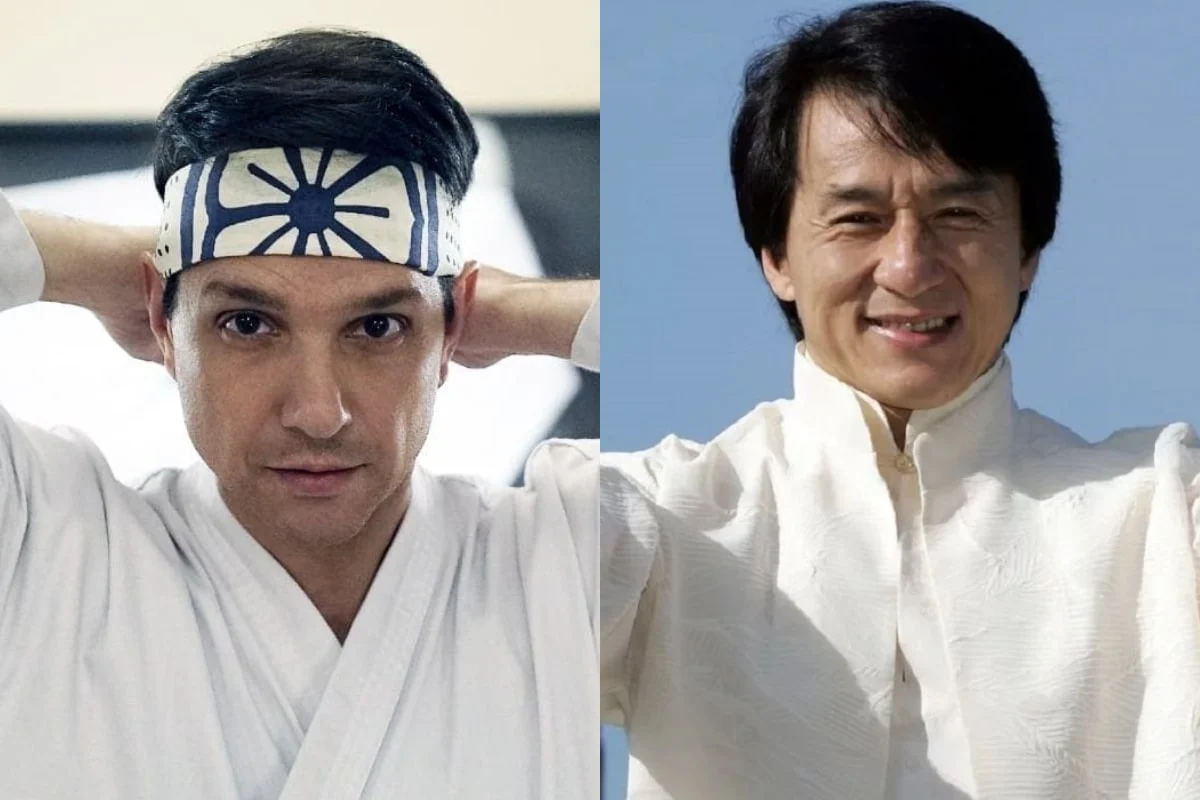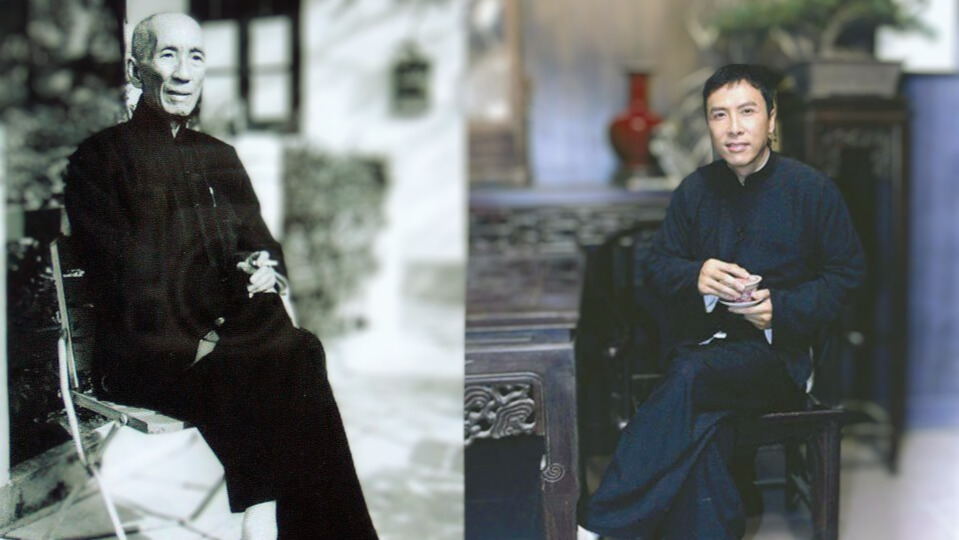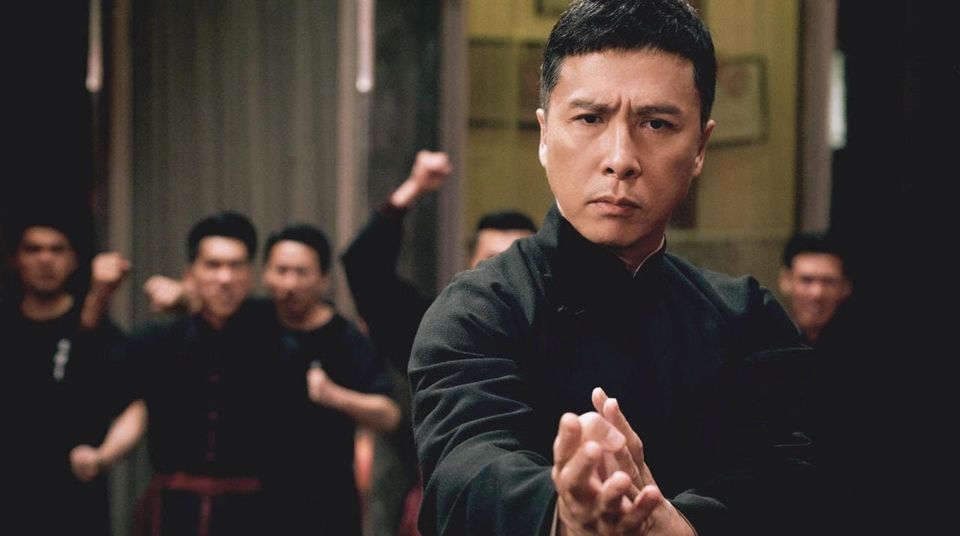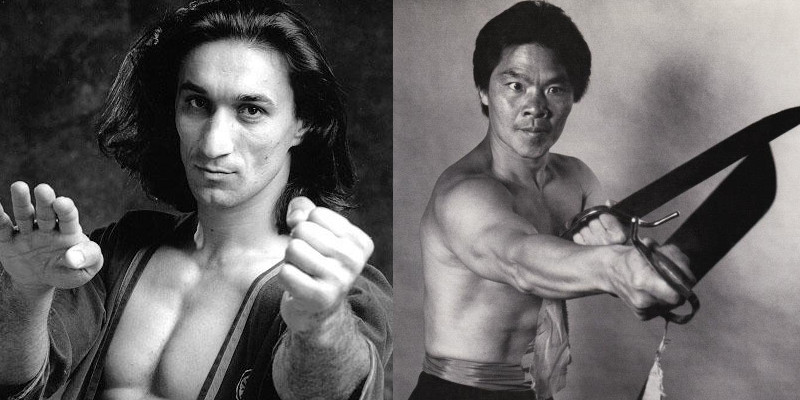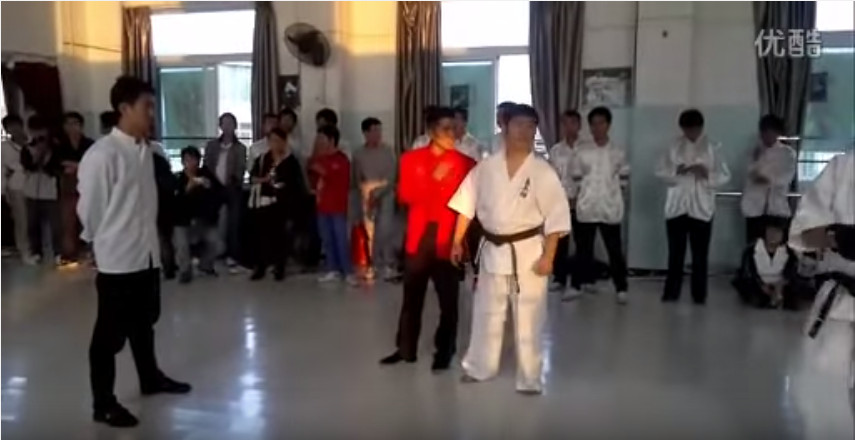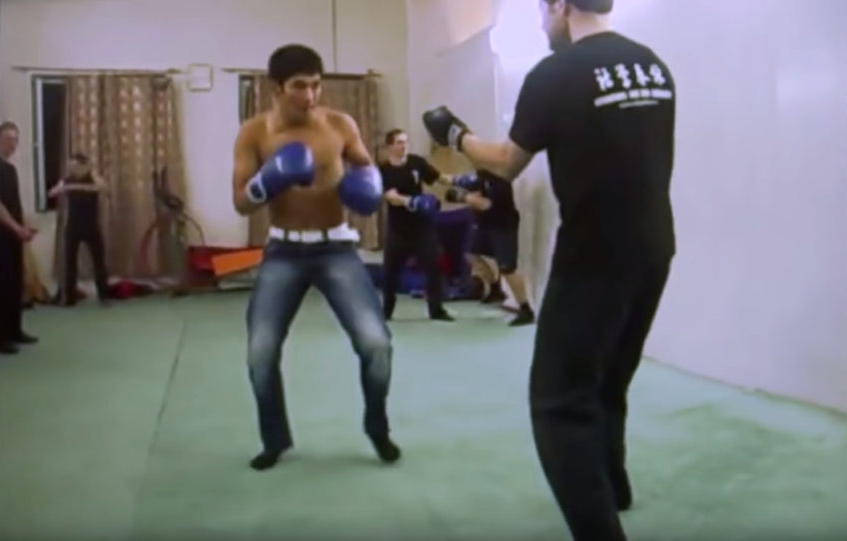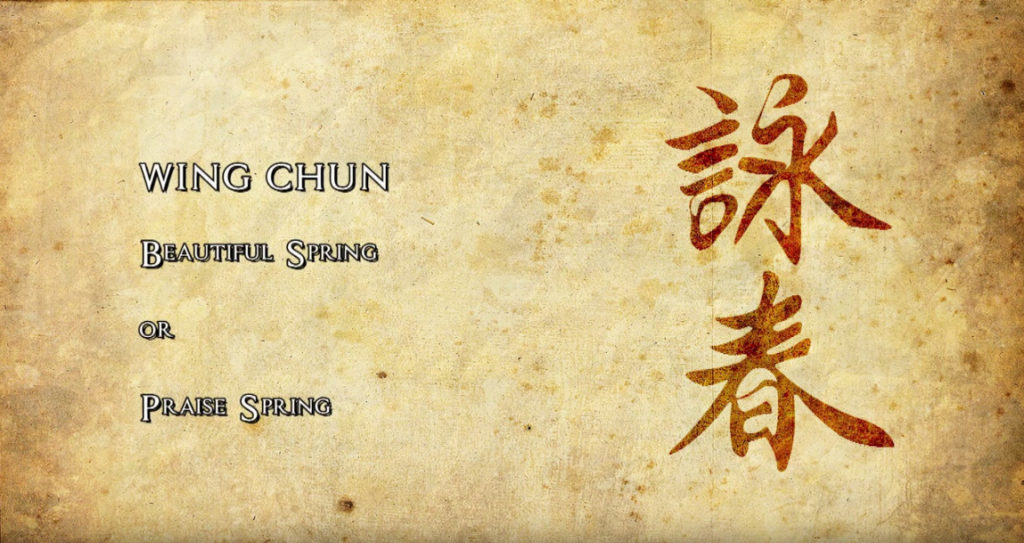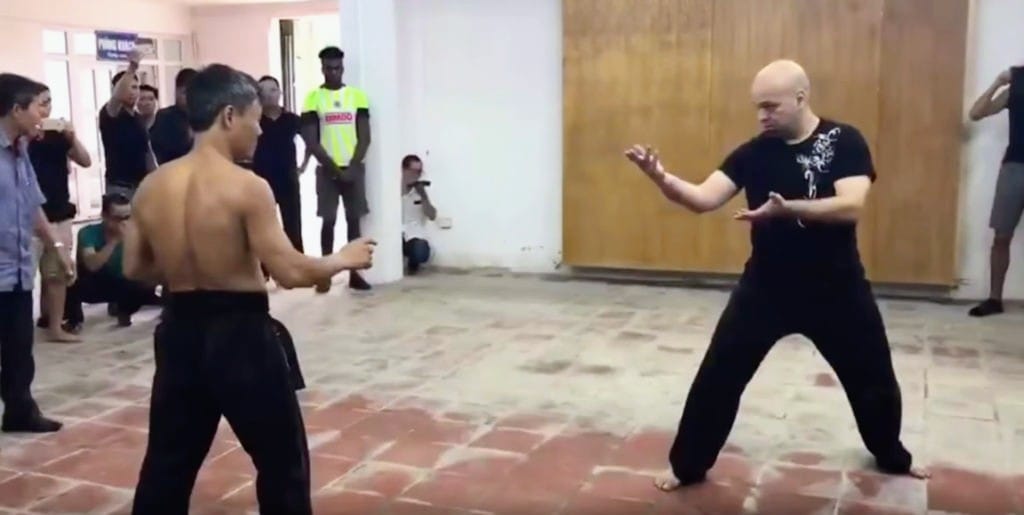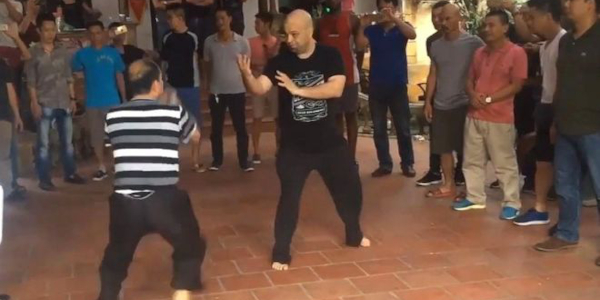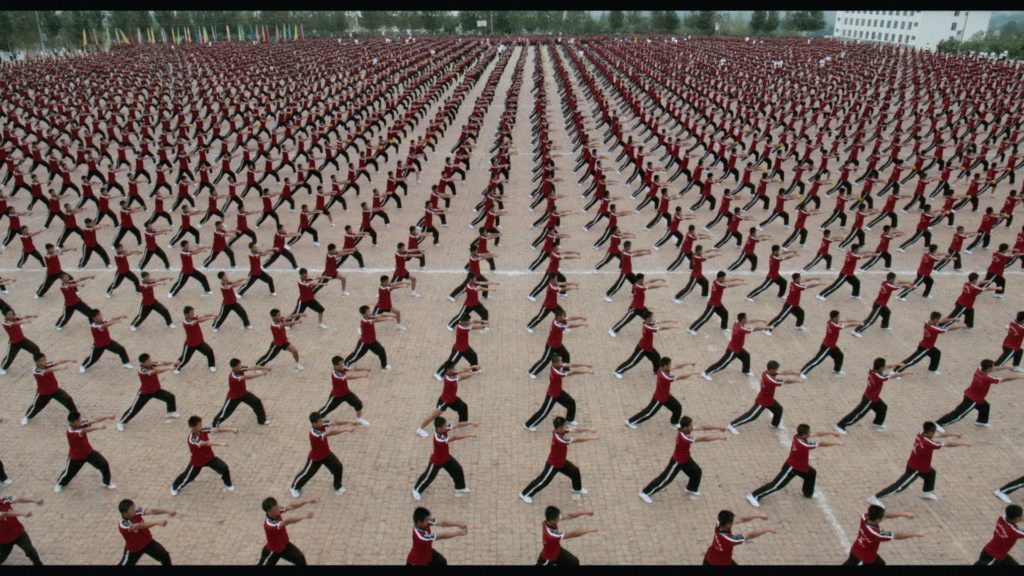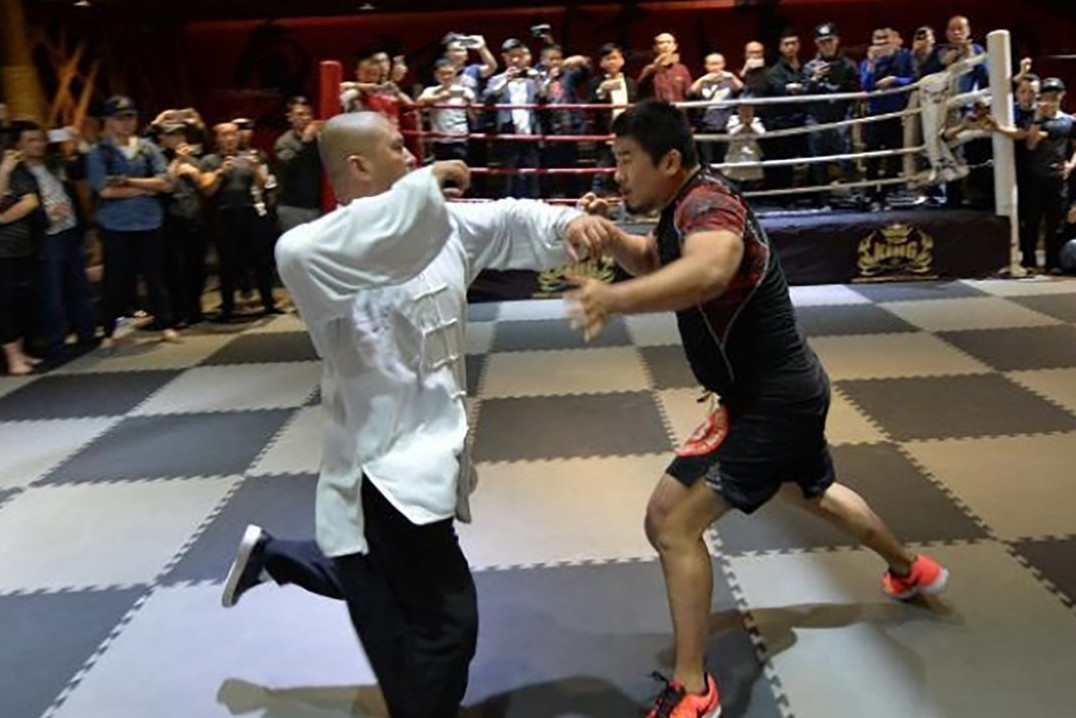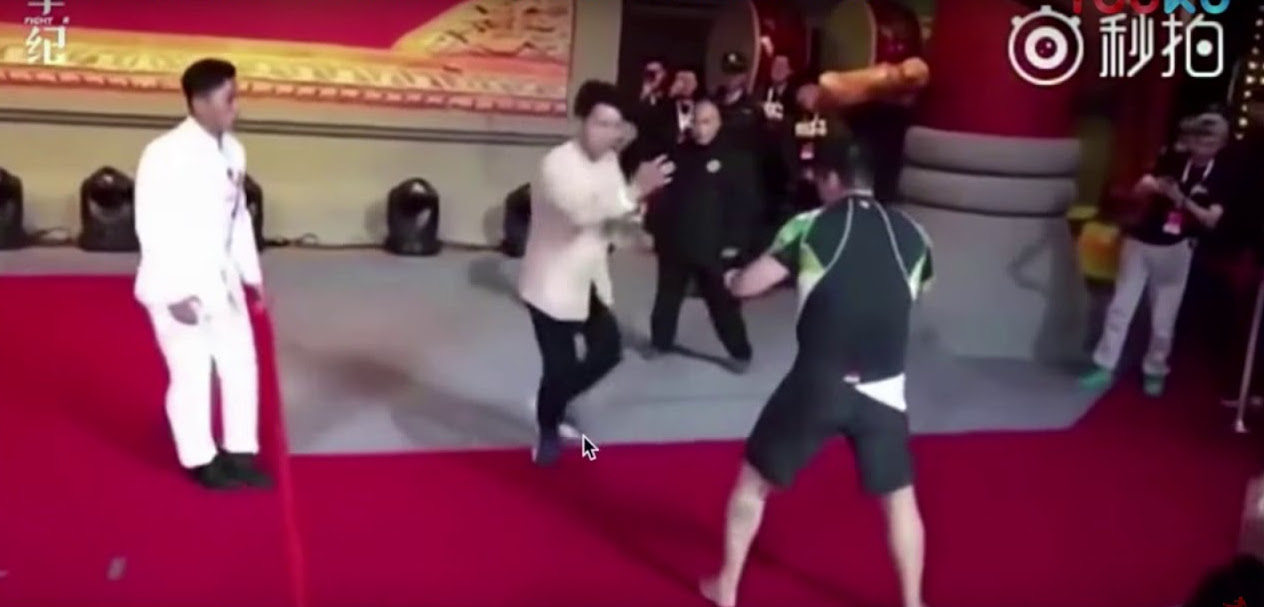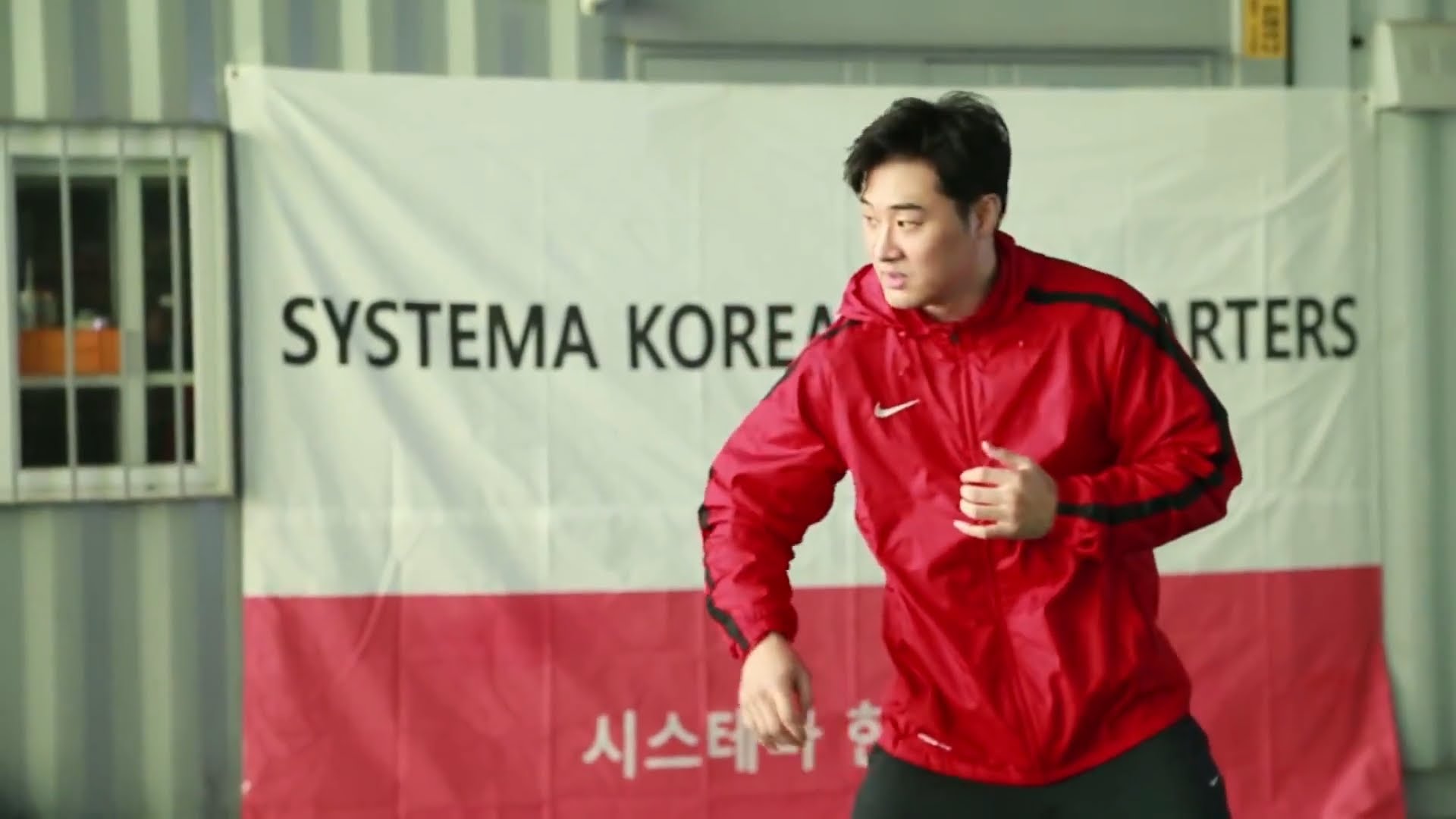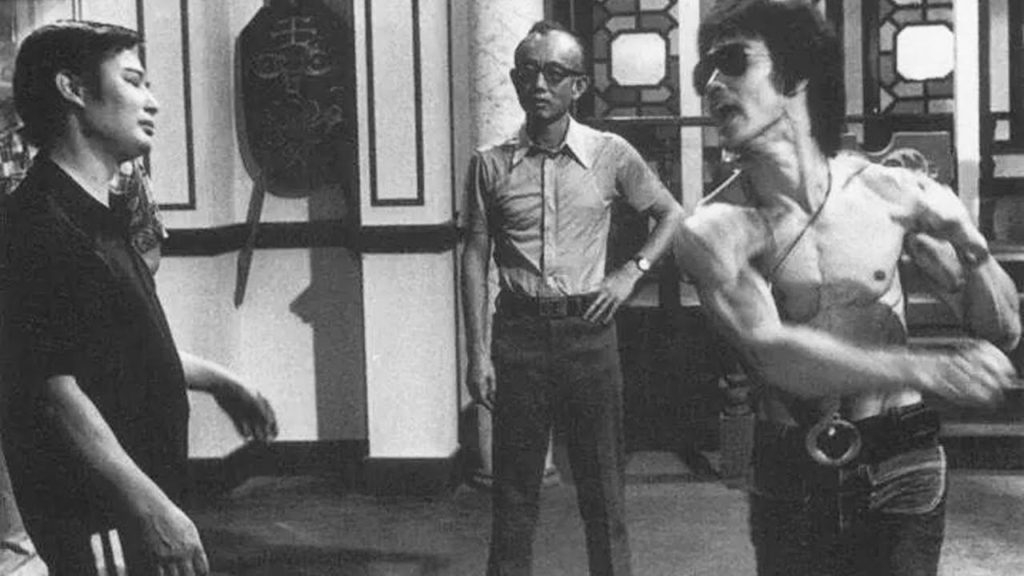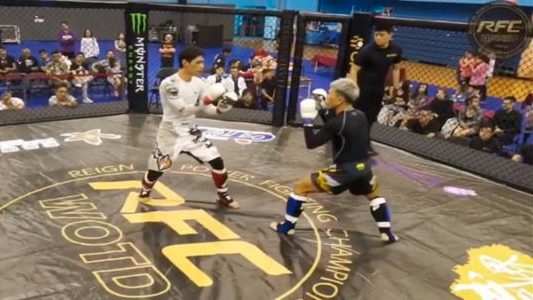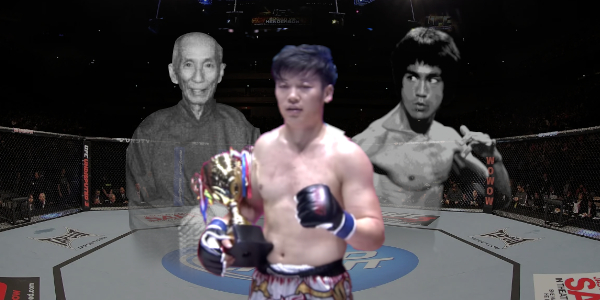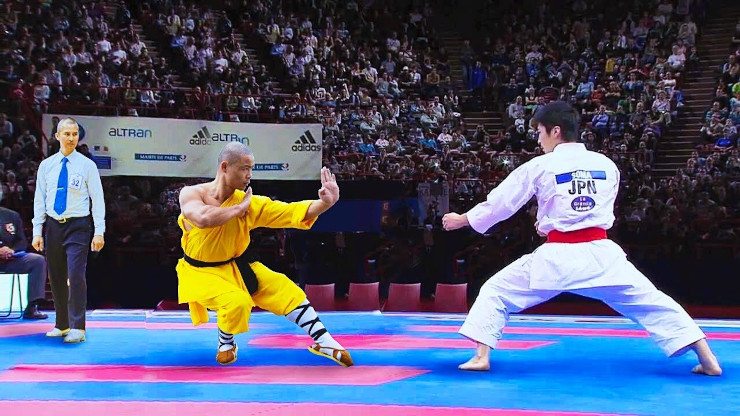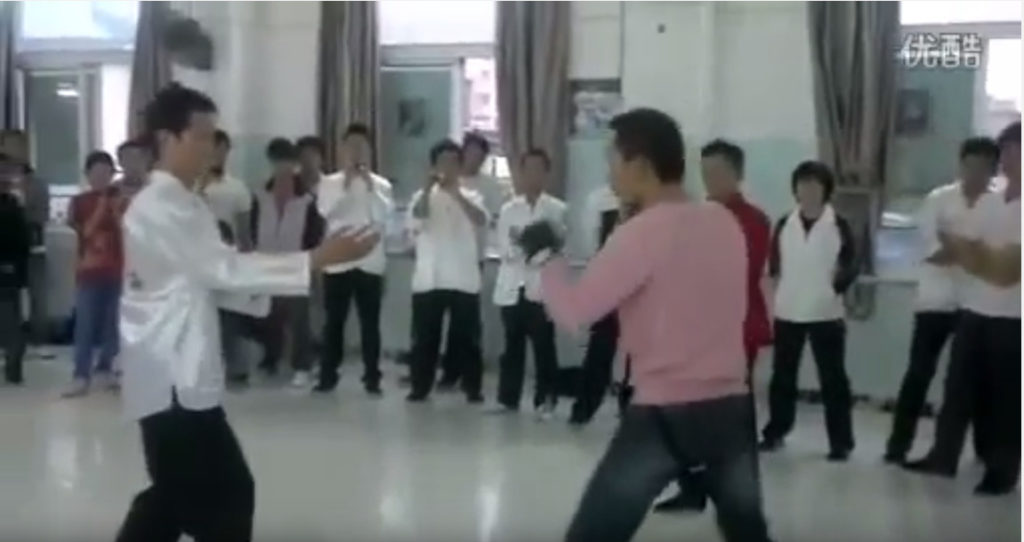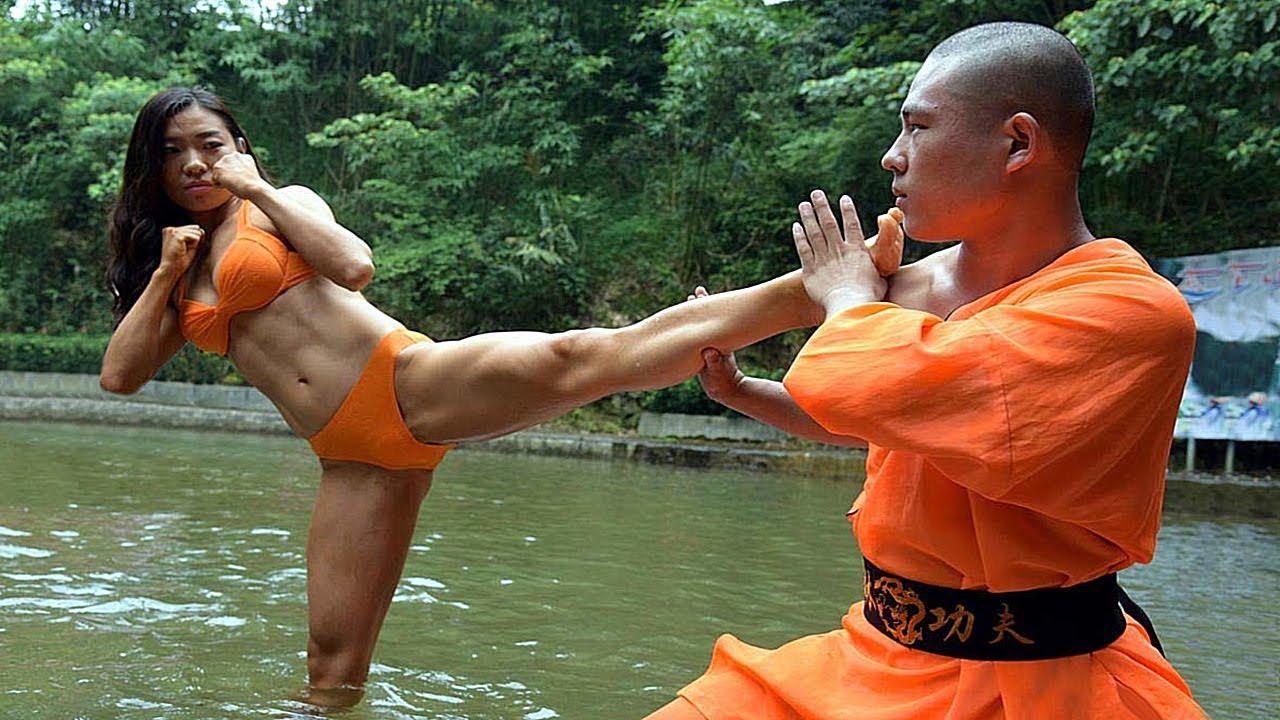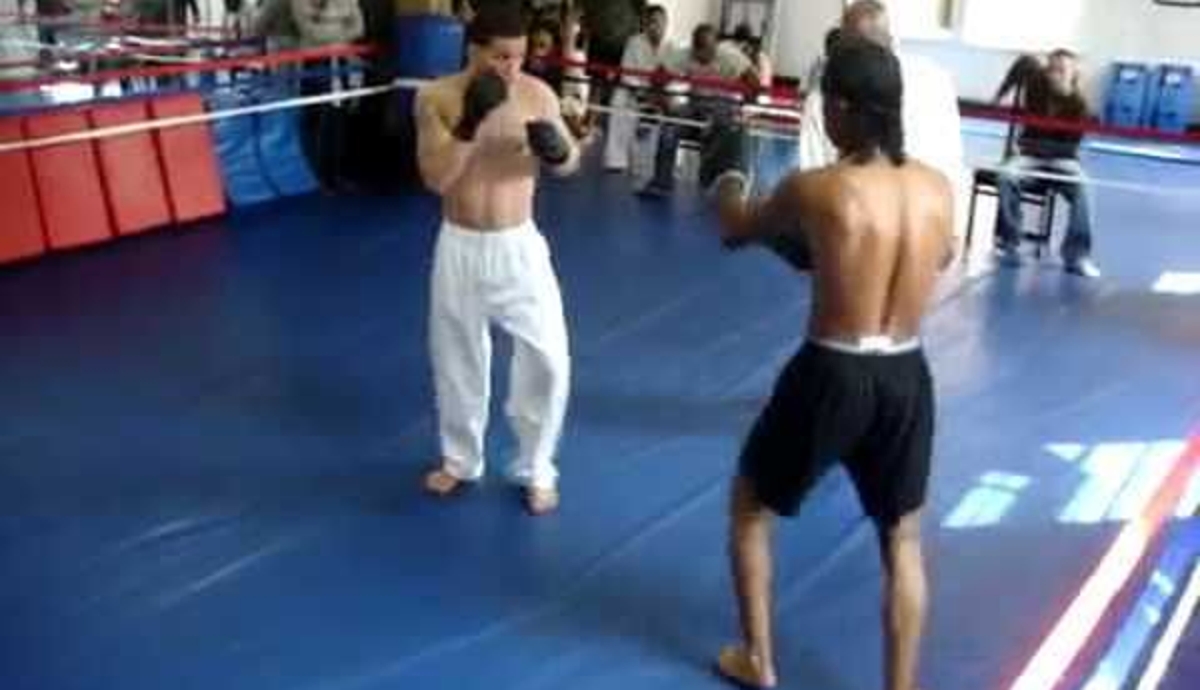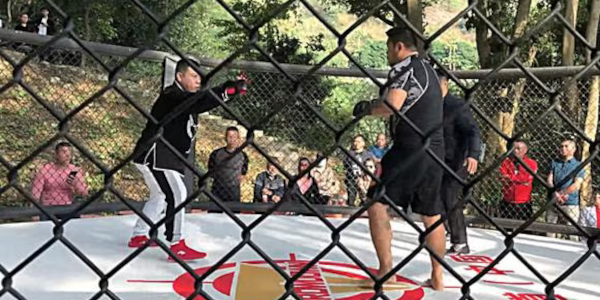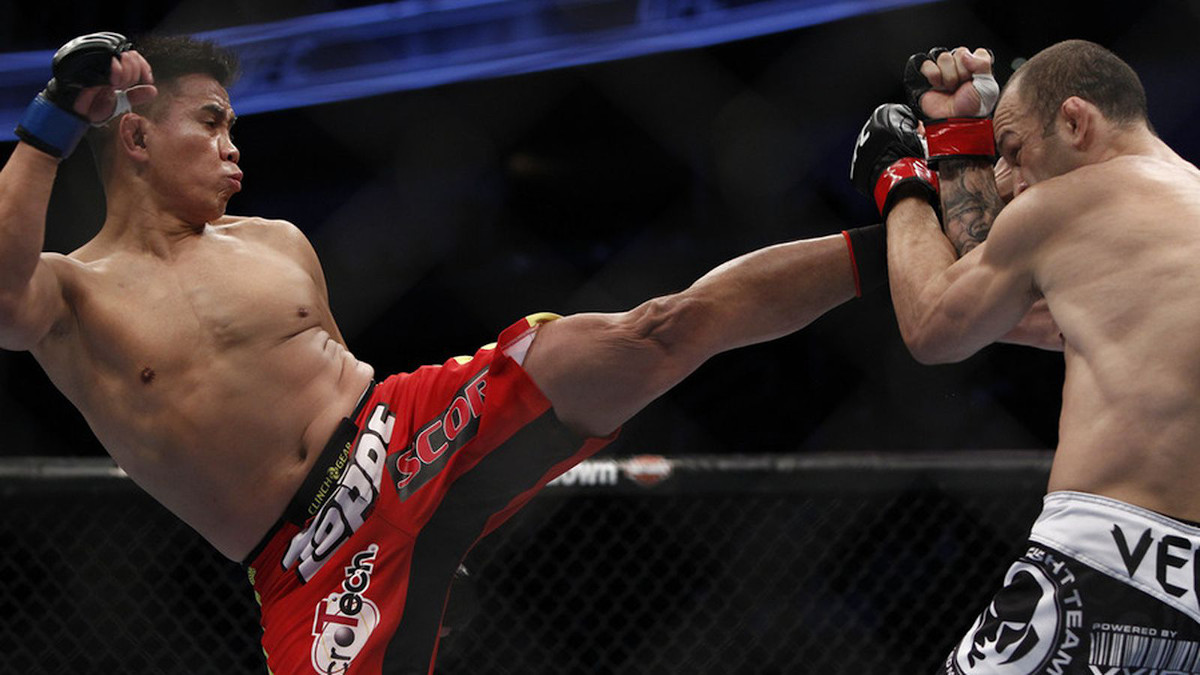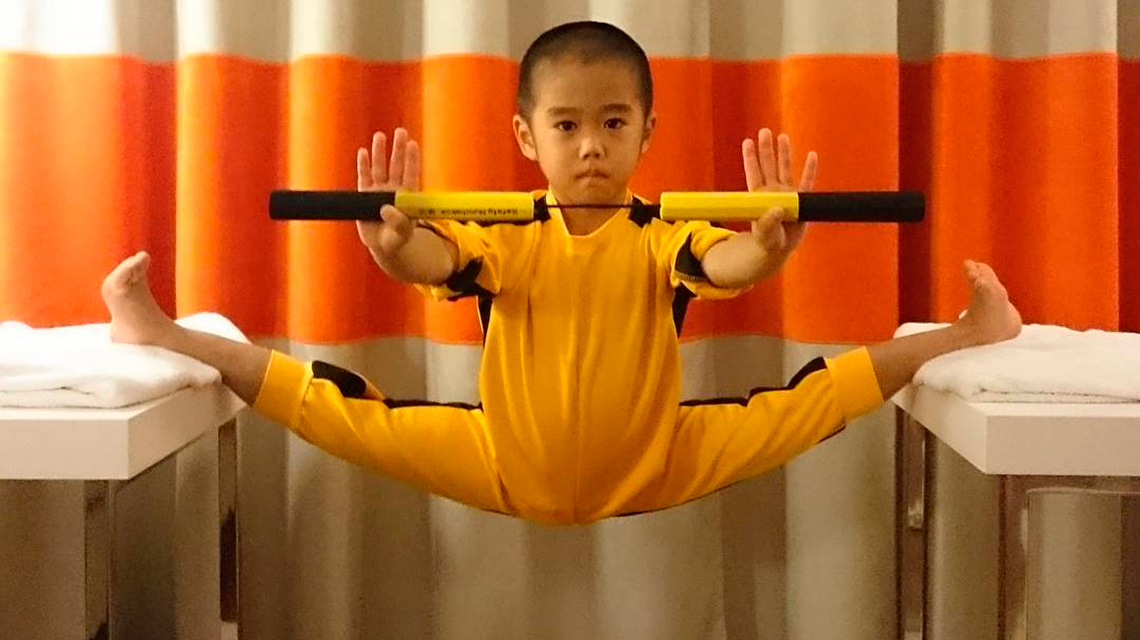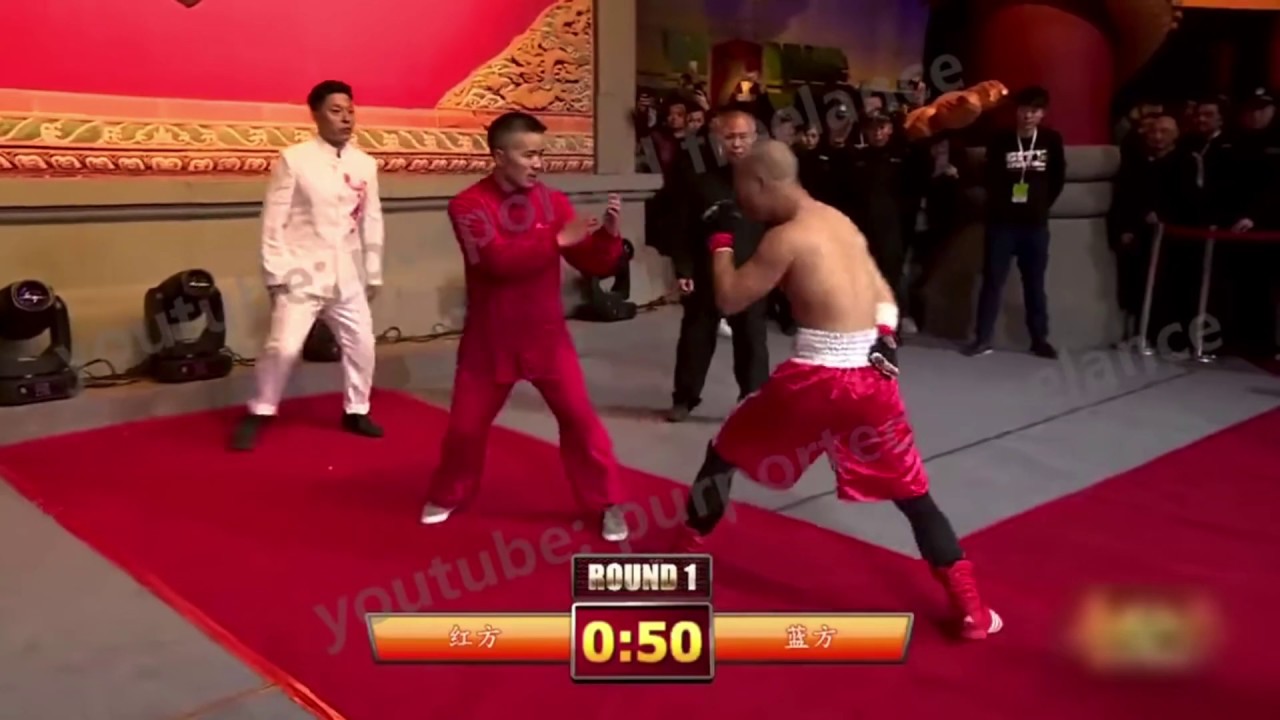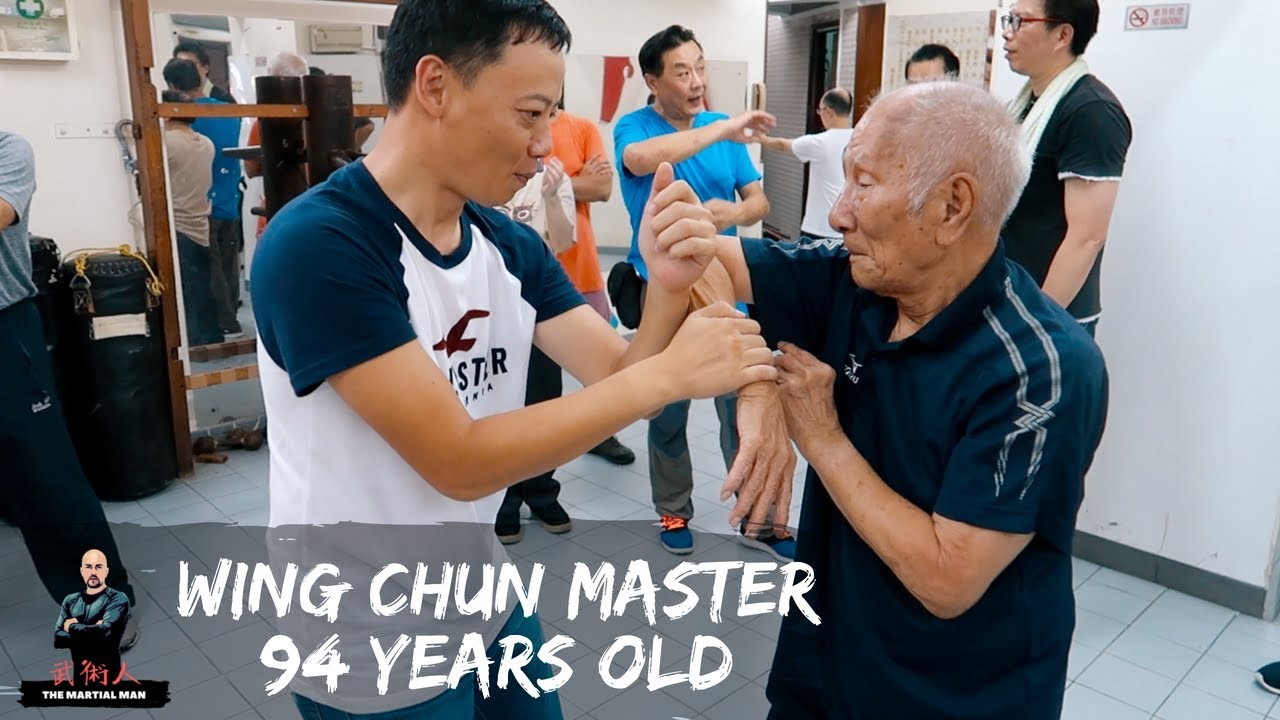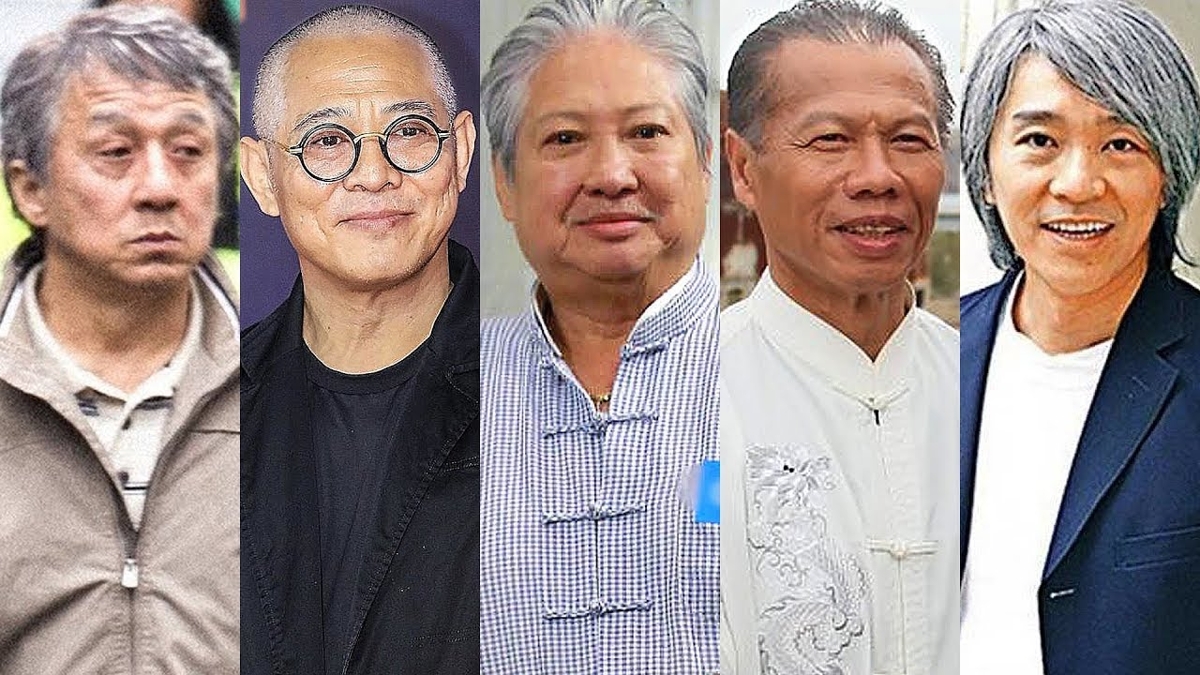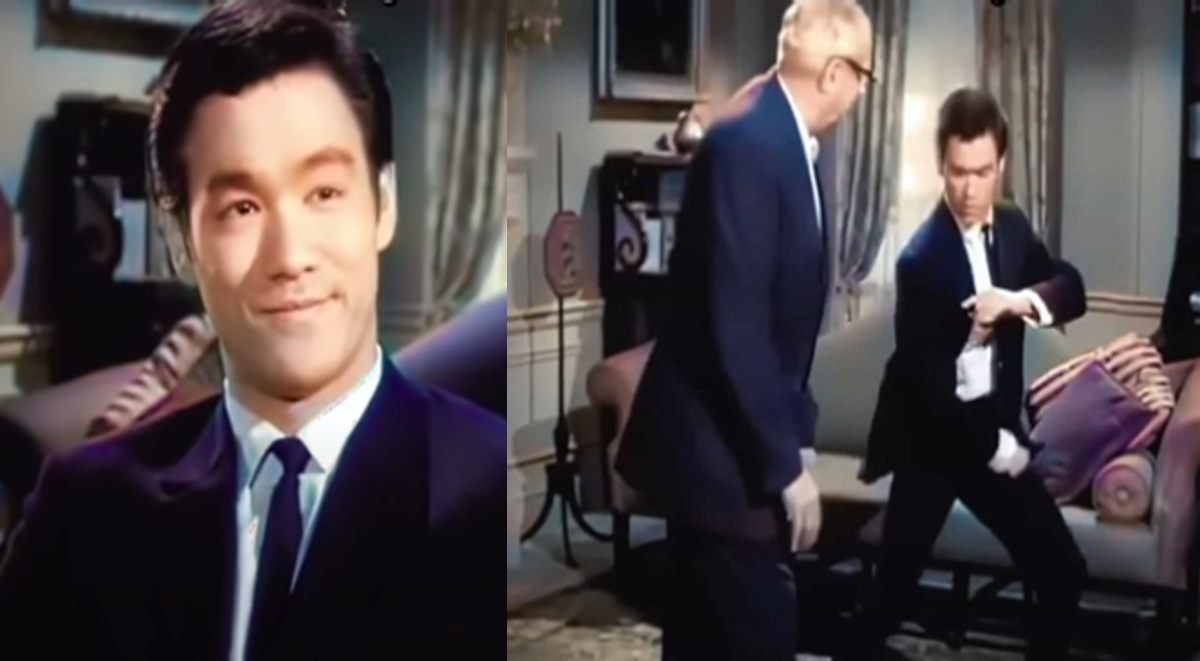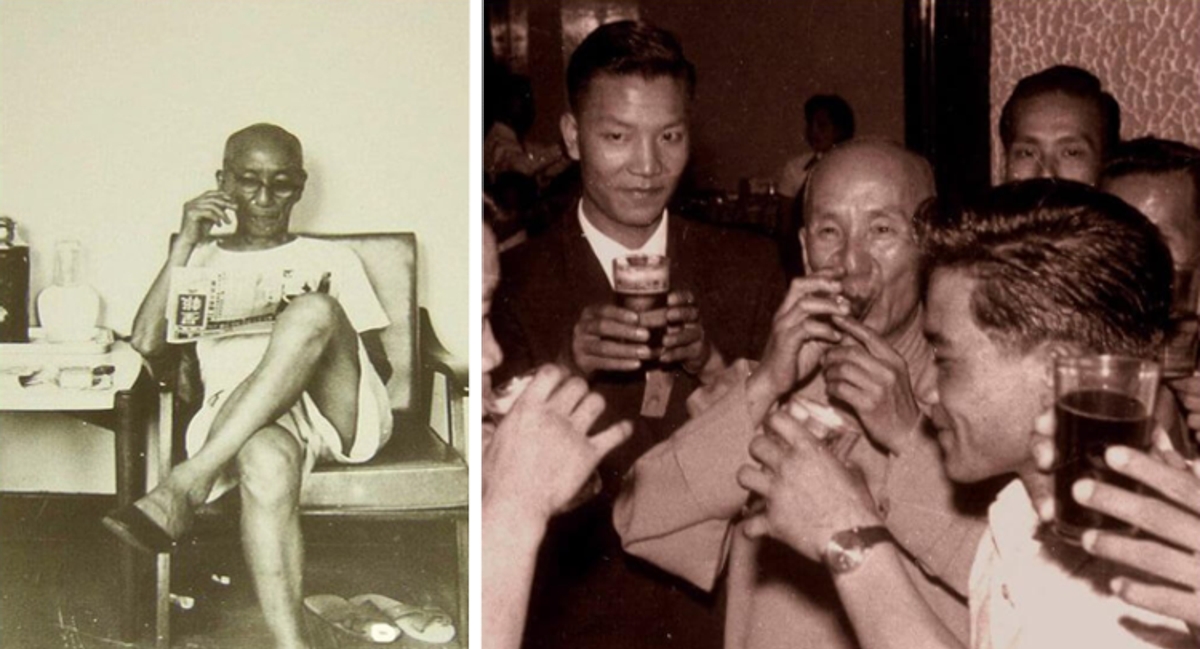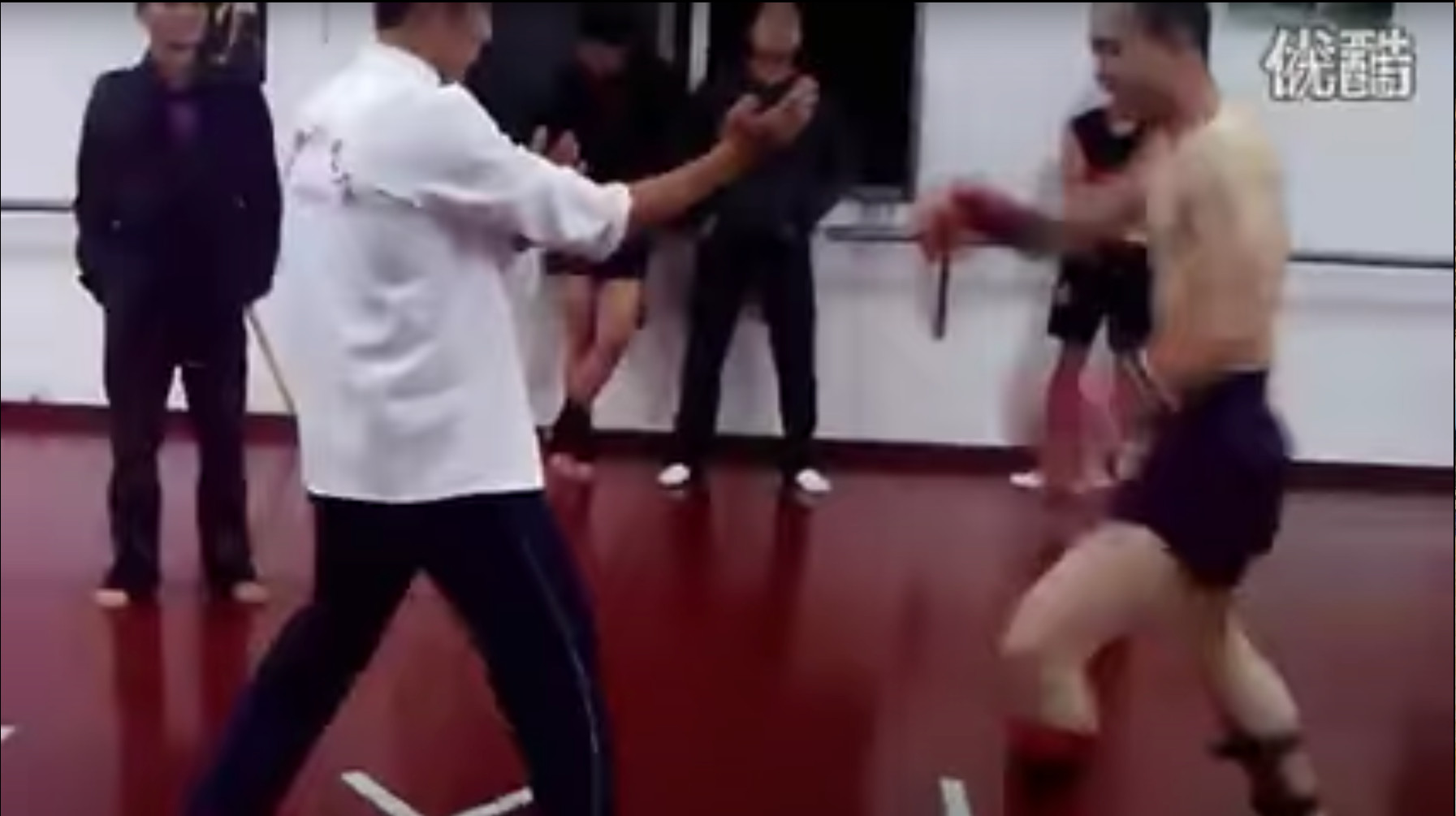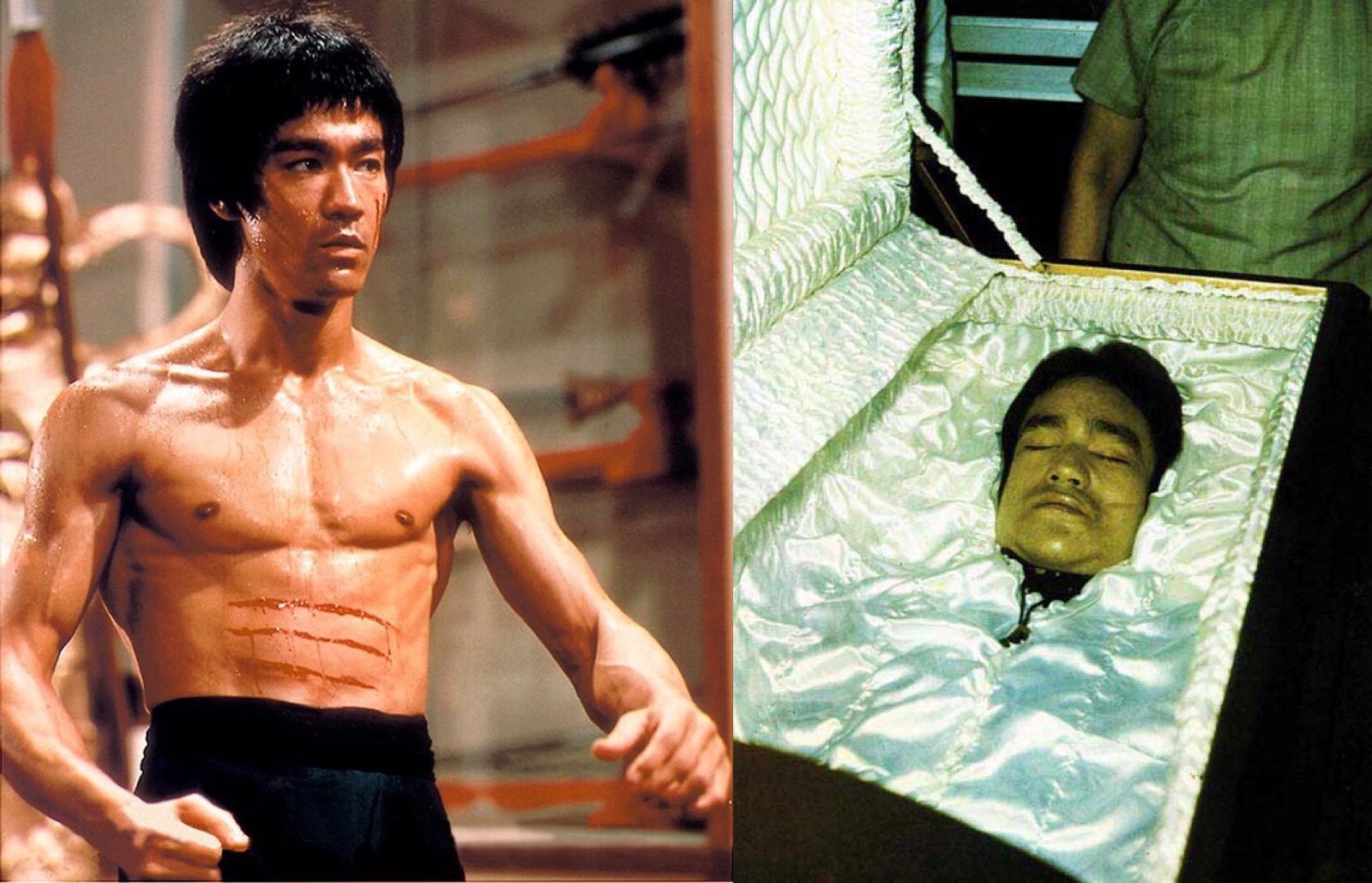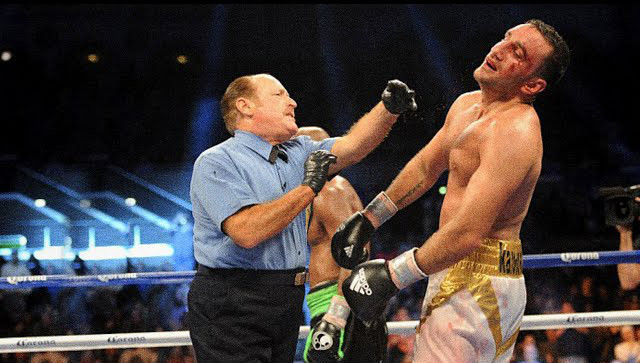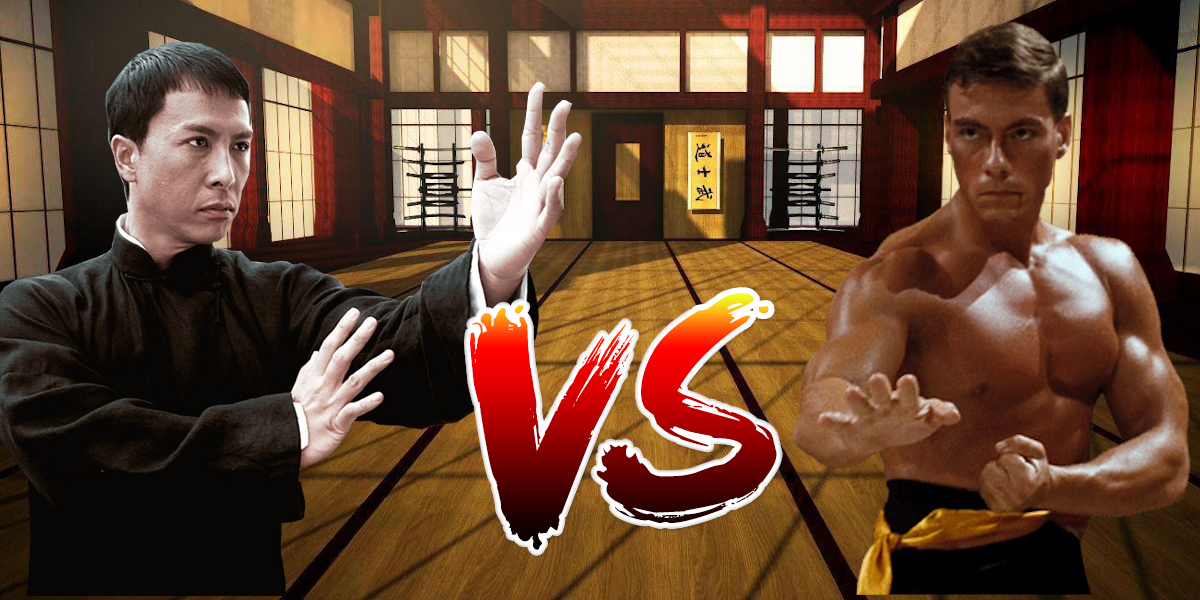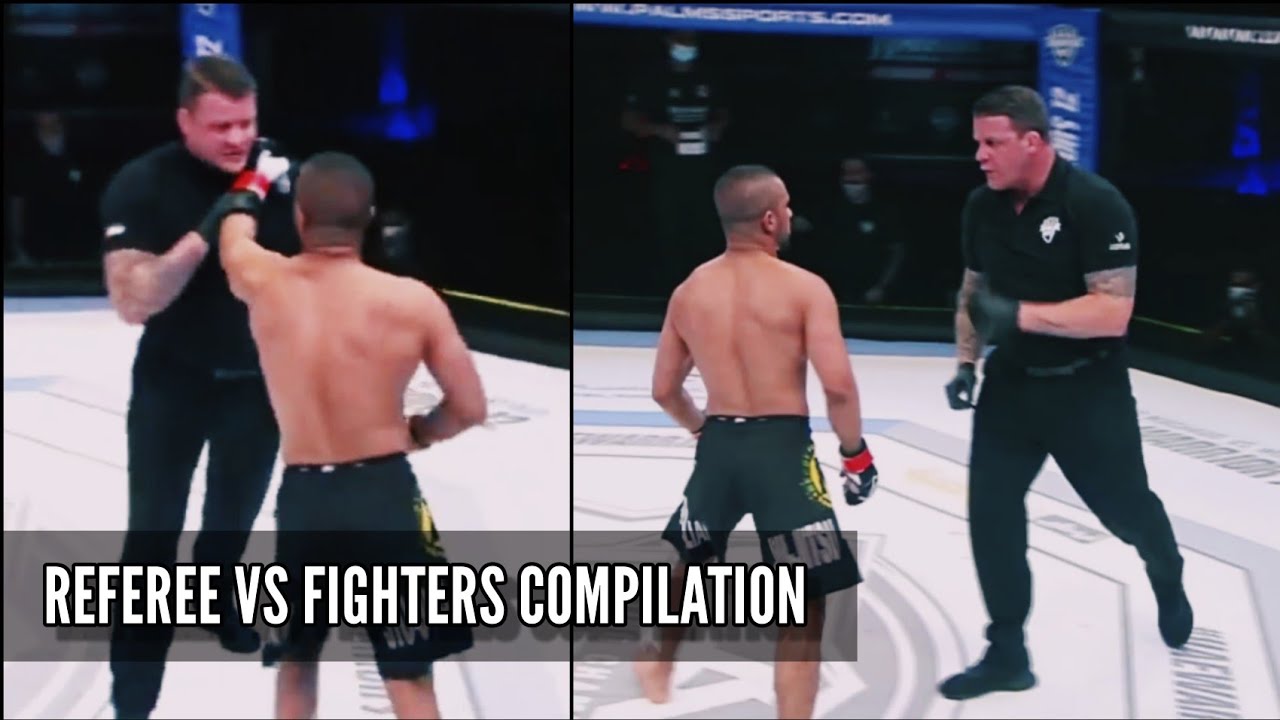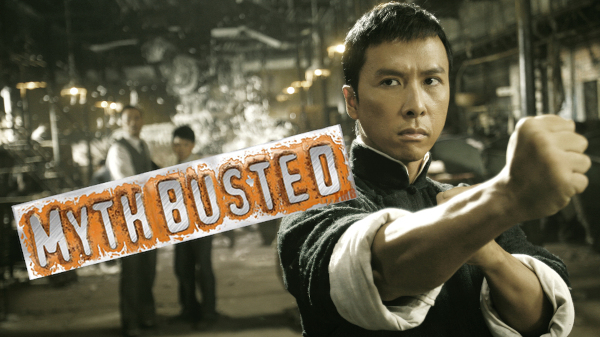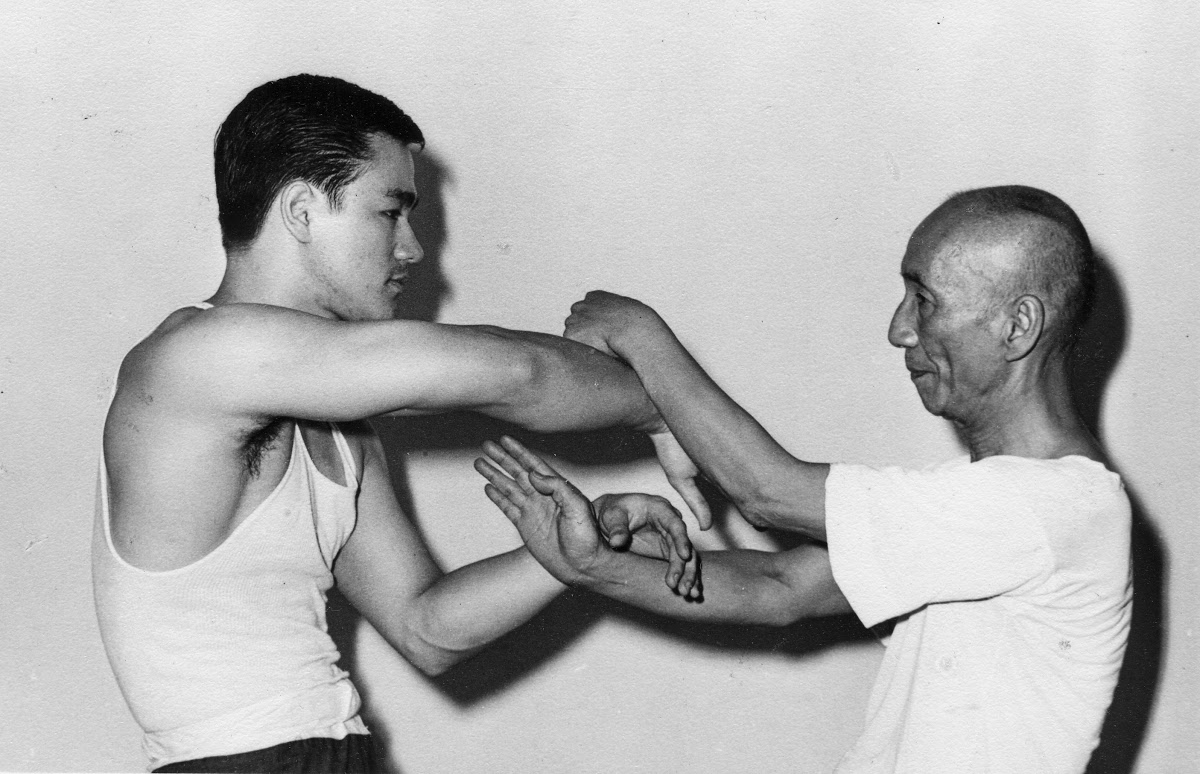The Role of Sensitivity and Reflexes in Wing Chun: Training Tips for Improvement
Reading time: 3 minutes
Wing Chun, a Chinese martial art known for its efficiency and practicality, places a significant emphasis on the development of sensitivity and reflexes. These attributes are crucial in enabling practitioners to react quickly and effectively in self-defense situations. In this article, we will explore the importance of sensitivity and reflexes in Wing Chun and provide training tips for improvement. Our e-book, Wing Chun: Practical Introduction to Self-Defense, offers further guidance on honing these skills and mastering the art of Wing Chun.
The Importance of Sensitivity and Reflexes in Wing Chun
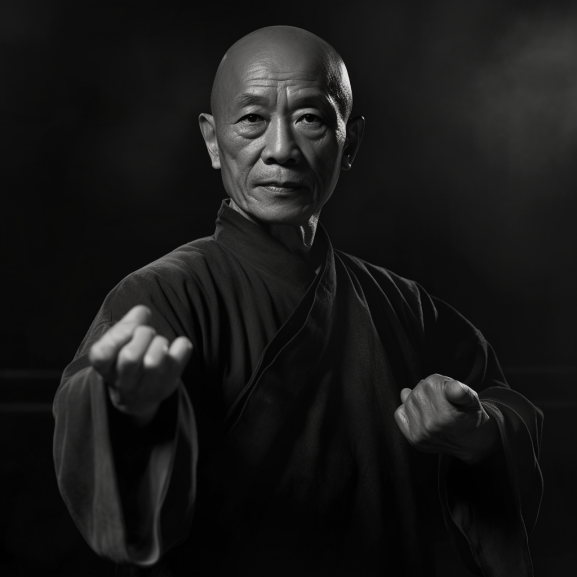
Sensitivity: In Wing Chun, sensitivity refers to the ability to "feel" your opponent's movements, intentions, and energy through physical contact. This skill enables practitioners to quickly identify and respond to changes in force, direction, and pressure. Sensitivity is particularly important in the practice of Chi Sao (sticky hands), a unique training exercise that helps develop close-range combat skills and the ability to redirect an opponent's energy.
Reflexes: Quick reflexes are essential for effective self-defense, as they allow practitioners to react rapidly to incoming attacks or seize opportunities to counterattack. Wing Chun emphasizes the development of lightning-fast reflexes through the use of techniques that bypass the conscious decision-making process, enabling practitioners to respond instinctively to threats.
Training Tips for Improvement
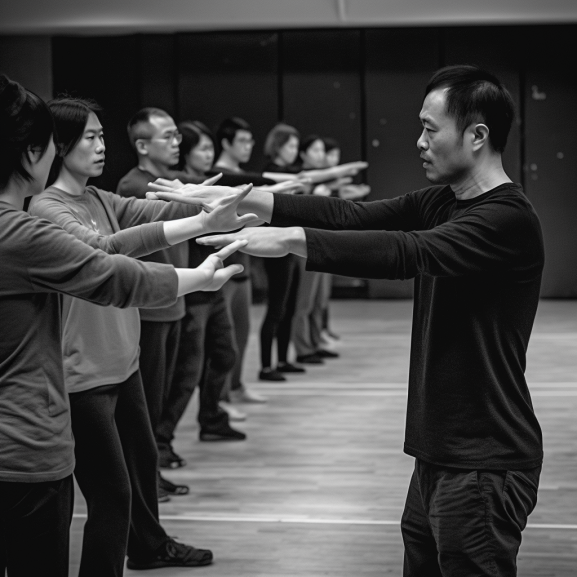
Chi Sao (Sticky Hands): As mentioned earlier, Chi Sao is a crucial training exercise in Wing Chun that helps develop sensitivity and reflexes. By regularly practicing Chi Sao with a partner, you can enhance your ability to feel and react to changes in force and pressure. Our e-book, "Wing Chun: Practical Introduction to Self-Defense," provides detailed guidance on performing Chi Sao correctly and effectively.

Drills and Partner Exercises: Various drills and partner exercises can help improve your sensitivity and reflexes in Wing Chun. For example, practicing techniques such as Lap Sao (pulling hand) and Pak Sao (slapping hand) with a partner can help you develop a better sense of timing and distance. Additionally, sparring exercises can provide valuable opportunities to apply your skills in a more dynamic and unpredictable environment.
Solo Training: Although partner training is essential for developing sensitivity and reflexes, solo training can also play a valuable role in honing these skills. Practicing the various Wing Chun forms, such as Siu Lim Tao, Chum Kiu, and Biu Jee, can help you build a strong foundation in body mechanics and coordination. Shadowboxing, footwork drills, and training with a wooden dummy can also be beneficial in developing reflexes and muscle memory.
Mindfulness and Relaxation: A calm and focused mind is crucial for effective sensitivity and reflex training in Wing Chun. Incorporating mindfulness and relaxation techniques into your practice, such as deep breathing exercises or meditation, can help you stay present and aware during training, improving your ability to react quickly and instinctively.
Conclusion
The development of sensitivity and reflexes is a critical aspect of Wing Chun training, enabling practitioners to respond effectively in self-defense situations. By incorporating the training tips mentioned above and following the guidance provided in our e-book, Wing Chun: Practical Introduction to Self-Defense, you can steadily improve these skills and become a more proficient martial artist.
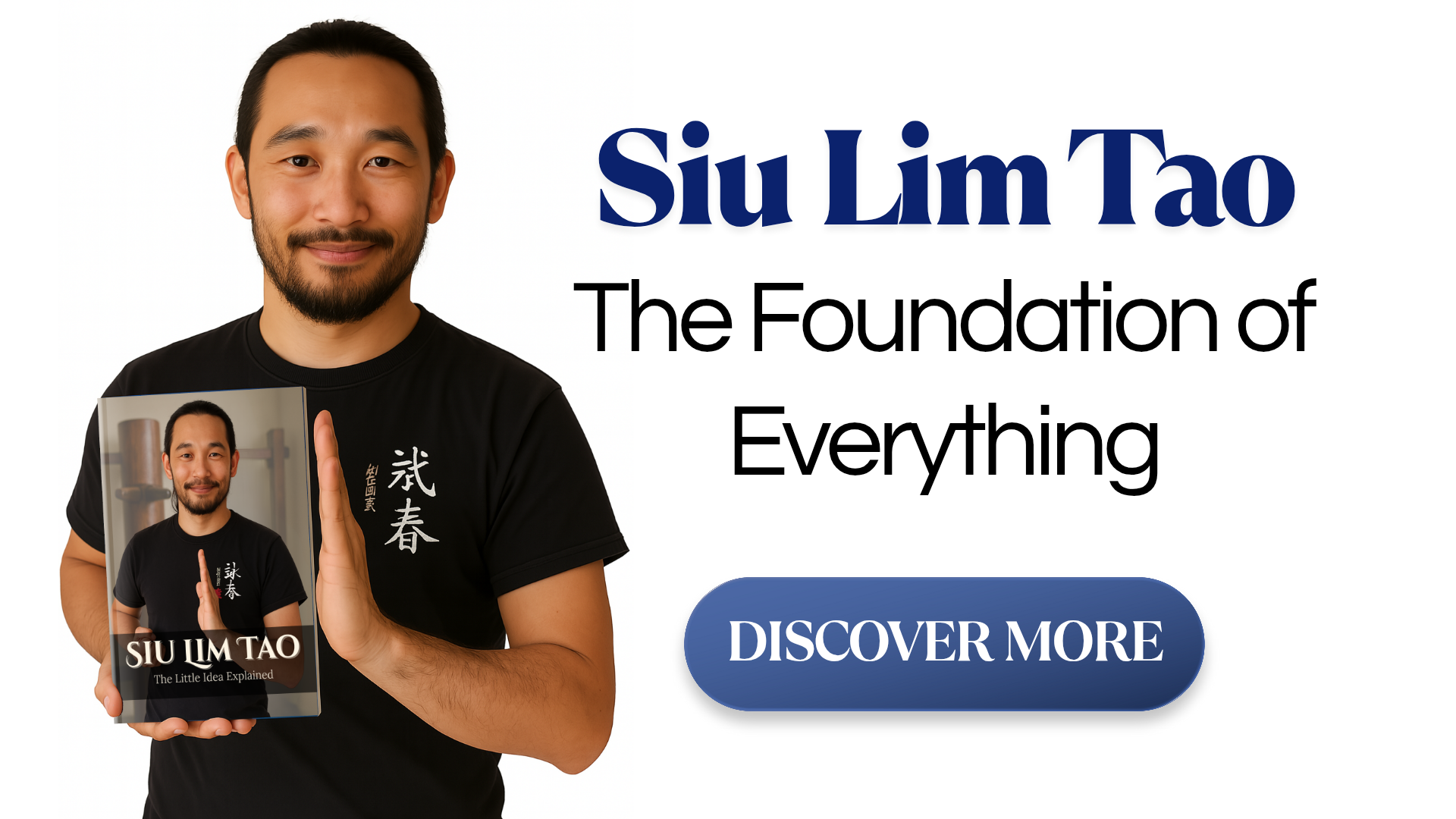
As you continue your Wing Chun journey, always remember to maintain a balance between physical training and mental development. A strong, focused mind is just as important as a well-conditioned body in the pursuit of martial excellence. With dedication, perseverance, and the right training approach, you can unlock your full potential in Wing Chun and experience the many benefits it has to offer.
Thank you. Your comment will be approved shortly.
Comments
Thank you. Your comment will be approved shortly.
Thank you. Your comment will be approved shortly.
Thank you. Your comment will be approved shortly.
Thank you. Your comment will be approved shortly.
Thank you. Your comment will be approved shortly.


